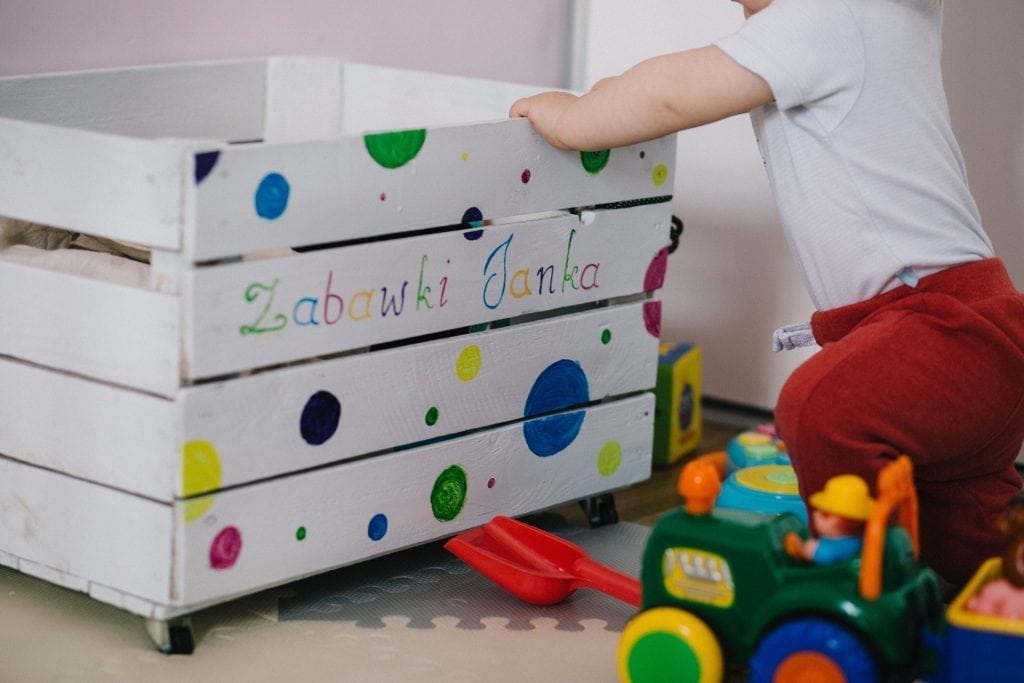 From birth all the way through childhood, children use their senses to build nerve connections and make sense of the world around them. Sensory input provides children with the necessary brain feedback to develop their gross motor, fine motor, language, social emotional and even cognitive skills. Because of its important role in development, sensory play is vital for every child.
From birth all the way through childhood, children use their senses to build nerve connections and make sense of the world around them. Sensory input provides children with the necessary brain feedback to develop their gross motor, fine motor, language, social emotional and even cognitive skills. Because of its important role in development, sensory play is vital for every child.
Unfortunately, with the increase in technology usage and our busy L.A. schedules, children have less opportunity to naturally explore their sensory systems. We need to build it into their play routine. The earlier you can expose your child to sensory input, the better. I suggest starting within your child’s first month of life.
I find that parents often have difficulty understanding what sensory play is and how to incorporate it into their child’s daily routine. The first thing to understand is that sensory play includes more than just touch. Most children and adults are taught that we have five senses: taste, touch, smell, sight and hearing. However, we have two additional senses that are often not discussed: proprioception (body awareness) and vestibular (movement). Sensory play should incorporate all seven of our senses.
So how do you incorporate sensory play into your child’s daily life? Here a few quick strategies to get you playing:
 Allow your child to get messy. It is natural for children to jump right in and make a mess. As parents, we often run to the nearest box of wipes and clean them up, but the tactile information from the mess actually provides your child’s brain with tons of useful information. Meal time is a great time to combat picky eating and incorporate messy play. Allow your child to explore the food with his or her hands and sense of smell before tasting it.
Allow your child to get messy. It is natural for children to jump right in and make a mess. As parents, we often run to the nearest box of wipes and clean them up, but the tactile information from the mess actually provides your child’s brain with tons of useful information. Meal time is a great time to combat picky eating and incorporate messy play. Allow your child to explore the food with his or her hands and sense of smell before tasting it.
Use household items. Your Tupperware cabinet can be very useful for sensory play. Allow your child to build his or her imagination by creating games using typical household items such as non-breakable kitchen items and furniture. Get creative while working on body awareness and build an obstacle course through different parts of your house. Challenge your child to think outside of the box and create something from scratch.
Expose your child to movement early. Movement helps to develop your child’s sense of body awareness, balance and coordination. Movement is also great for emotional regulation. Always start with slow movements and remember to keep the duration short. A yoga ball is one of my favorite items for encouraging movement at home. Have your child bounce on it and then try different positions – laying on their stomach, reclining on their back or rolling gently.
 Get outside. In L.A., we are lucky to have beautiful weather year-round. Take advantage of it and head to the backyard or the nearest park. Once outside, talk to your child about their environment. What do they hear, smell, see and feel? Allow your child to go barefoot in the mud and grass and really explore their unique sensory system.
Get outside. In L.A., we are lucky to have beautiful weather year-round. Take advantage of it and head to the backyard or the nearest park. Once outside, talk to your child about their environment. What do they hear, smell, see and feel? Allow your child to go barefoot in the mud and grass and really explore their unique sensory system.
Ditch plastic. There are many great plastic toys on the market, but most of them – especially plastic baby toys – feel the same. With their sameness of texture, these toys tend to restrict opportunities for creative play. Wood gives your child more opportunity to experience a variety of textures.
Create a calming sensory corner. This can be as simple as a small pop-up tent filled with heavy blankets, calming flashlights or decorative lights and books. This is a great place to help your child calm down and relax after a busy birthday party or a long day at school. Just remember, this should be a calming space and never a space for punishment or time out.
Play really is powerful. By encouraging slightly different ways of playing, you can help your child explore all seven senses and progress developmentally to excel in school and beyond while having fun.
Allie Ticktin is an occupational therapist with a specialty in sensory integration and early-childhood development. She is founder of Play 2 Progress in West Hollywood. Learn more at www.play2progress.com.

























